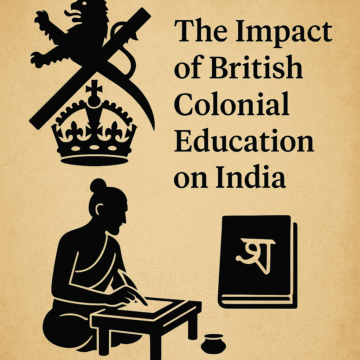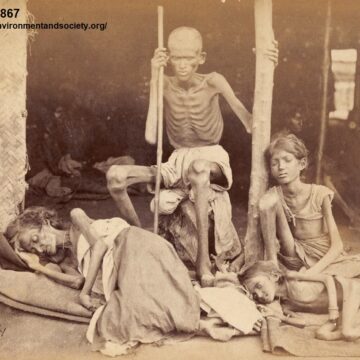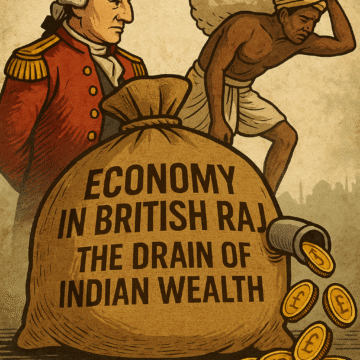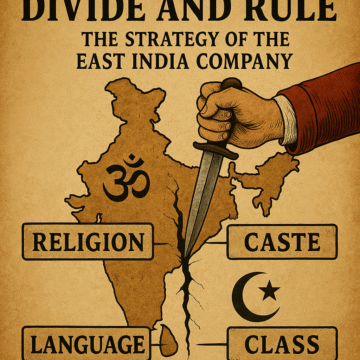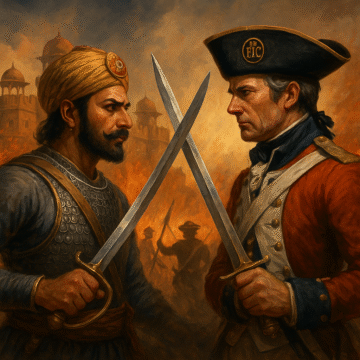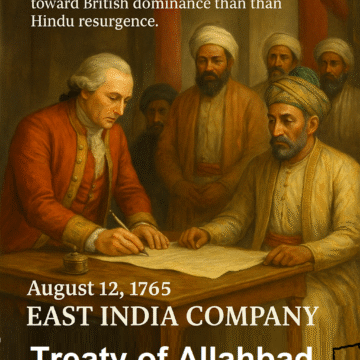British rule in India was more than economic exploitation—it was cultural genocide. Through Macaulay’s education policy, caste codification, missionary propaganda, and historical distortion, the British dismantled India’s civilizational memory. This blog uncovers how they replaced Gurukuls with colonial schools, suppressed Ayurveda, and divided society—leaving a legacy of mental colonization that still lingers.
Tag: British
Bengal Famine and British Genocides: How Colonial Policies Killed Millions
Between 1765 and 1947, British rule caused twelve major famines that killed an estimated 30–60 million Indians. These were not natural calamities but deliberate policy outcomes—tax rigidity, grain exports, and racist governance that turned droughts into genocides. The blog exposes how colonial profit replaced compassion, making famine Britain’s deadliest legacy in India.
Economy in British Raj: The Systematic Drain of Indian Wealth
From 1765 onward, the Economy in British Raj was engineered for extraction. Through revenue systems, trade monopolies, and financial manipulation, Britain drained India’s wealth to fund its industrial rise. This blog unpacks how taxation, deindustrialization, and currency control turned a flourishing civilization into a colony that paid for its own subjugation — the greatest economic heist in history.
Divide and Rule by East India Company
The British didn’t conquer India by force alone—they conquered it through division. Divide and Rule by East India Company reveals how religion, caste, region, and class were systematically weaponized to keep Bharat fragmented. From Plassey to Partition, it exposes how a civilizational mosaic was turned into a map of conflict and dependency.
East India Company vs Maratha Empire
The clash between the East India Company vs Maratha Empire was not just a battle of arms but of minds. The Marathas embodied Hindu resurgence and resistance, while the British turned trade into conquest through strategic manipulation. This blog explores how valor met calculation, and how disunity turned sovereignty into subjugation.
East India Company Treaty of Allahabad 1765
East India Company Treaty, 1765, of Allahabad transformed the East India Company from traders into rulers, granting them Diwani rights over Bengal, Bihar, and Orissa. Signed by a weakened Mughal Emperor Shah Alam II, it legalized economic conquest, birthed the Dual System, caused Bengal’s famine, and laid the financial foundation of the British Empire in India.
East India Company: From Traders to Rulers – The Complete Transformation
The East India Company’s journey from a spice-trading venture to the ruler of India is one of history’s most dramatic transformations. Backed by a royal charter in 1600, it built trading posts, commanded armies, and exploited India’s political cracks. Through Plassey and Buxar, it secured dominance, accelerating the decline of Sanatana culture and Bharat’s sovereignty.


